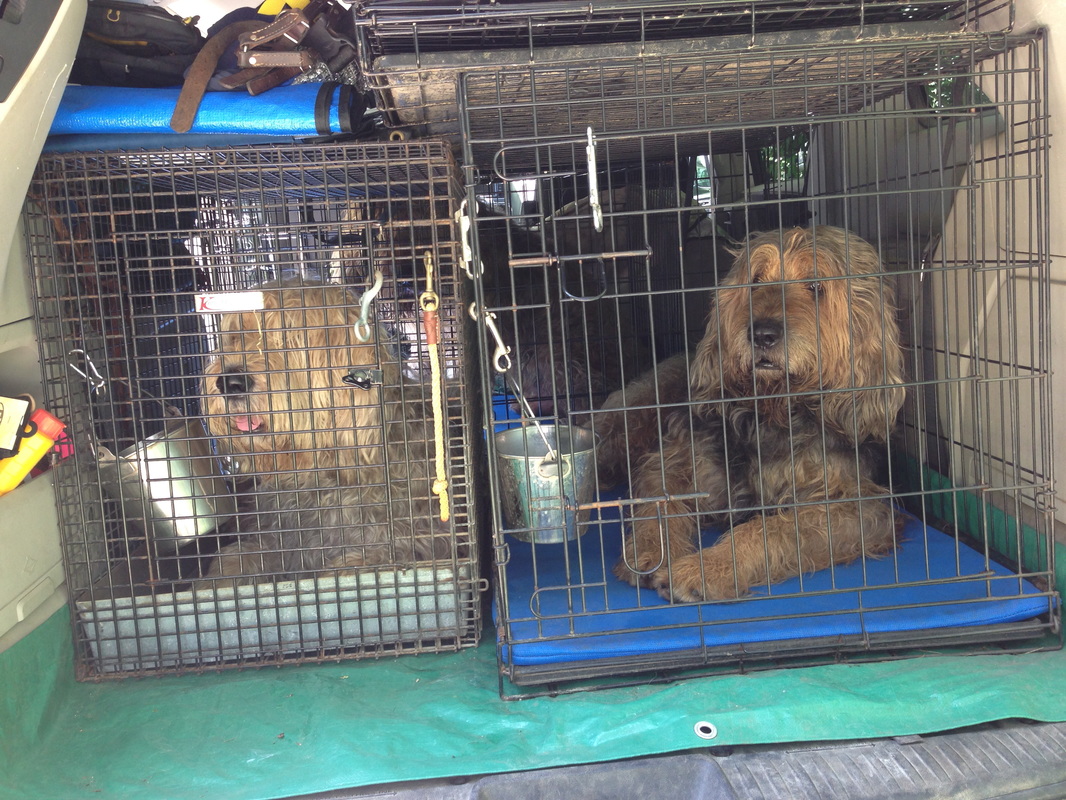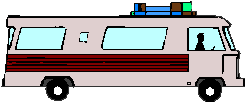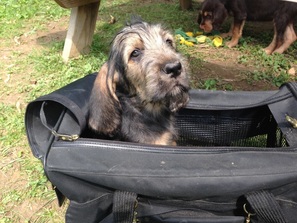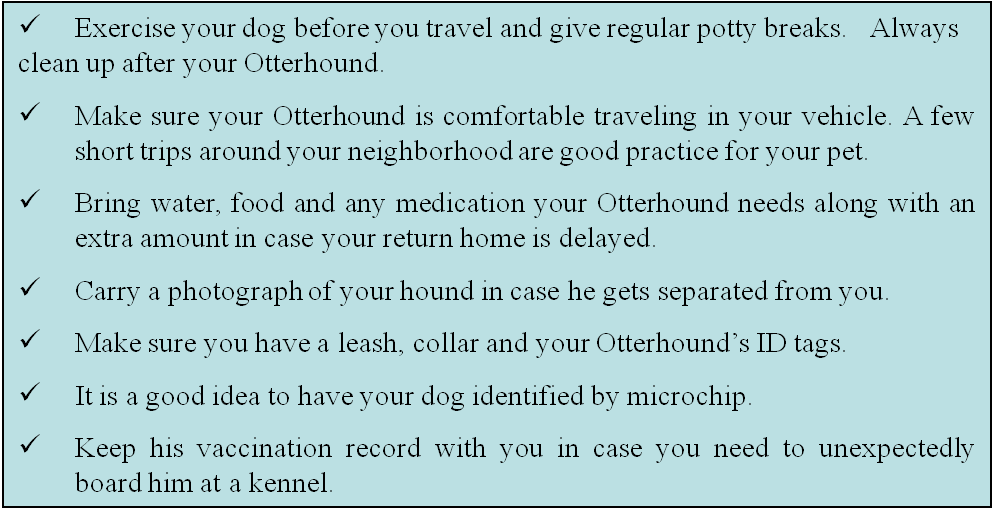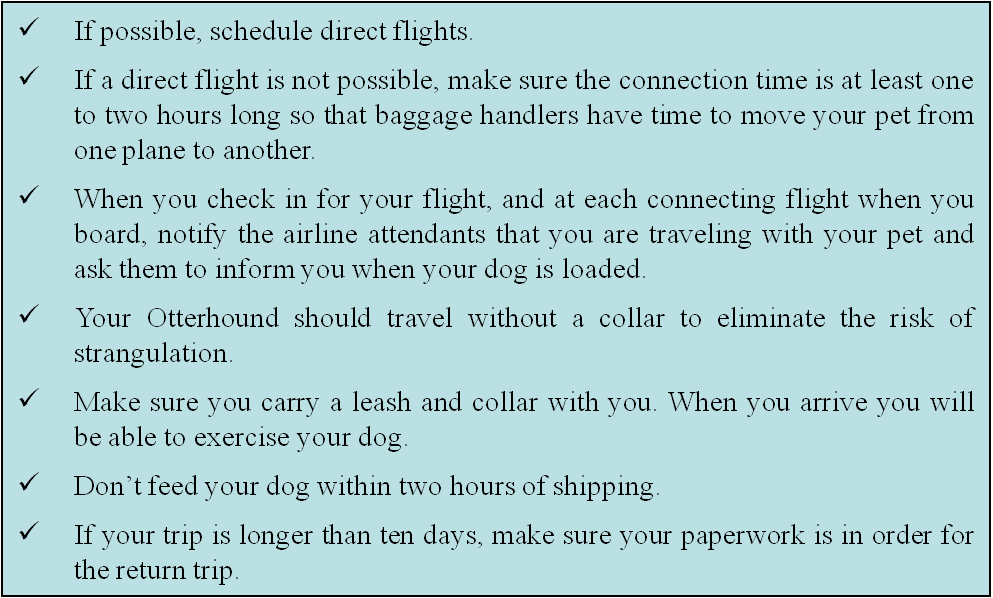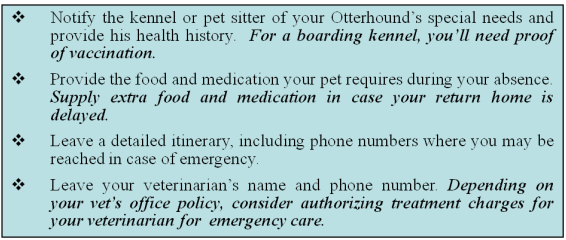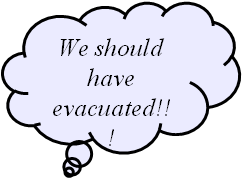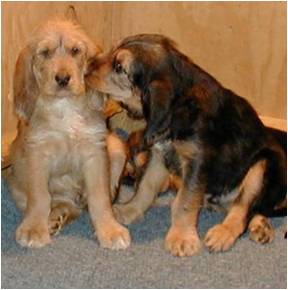Traveling by Car
- Traveling in a crate is the safest method of travel for your Otterhound.
- Your dog’s chances of surviving an accident are much greater in a crate. A dog riding quietly in a crate is much less distracting than one loose in the car. Leave a leash and collar clipped to the crate. In the event of an accident or fire, you want to be able to take your dog to safety immediately.
- A safety harness is the next best thing to crating your pet.
- Never allow your dog to ride in the back of a pick up truck.
- Don’t feed your dog less than two hours before you travel.
A Special Kind of Travel-Going to the Otterhound National Specialty
Everything you ever wanted to know about attending the Otterhound National Show. We cover how to read the premium list, how to enter your dog, the different classes available, how the dog show procedure works, what to expect at a dog show, how to prepare and groom your dog, the equipment you need, what the judge is looking for, how to read the judging program and many other intricacies about showing your dog in conformation.
Vacations: Traveling Responsibly
- Whether you are staying overnight or visiting just for the day, make sure that you know the pet policy at your destination.
- Clean up after your dog exercises.
- Motels don’t appreciate dog hair or damage in their rooms. Keep your dog crated while you are in the room and don’t leave your dog in the room unattended. Dogs left unattended can be destructive and noisy. Help keep the motels that are pet friendly stay that way by being responsible.
- Don’t allow your Otterhound to run loose.
- Many theme parks and other vacation destinations don’t allow pets but do provide boarding facilities to use while you are visiting. Make sure you take a copy of your Otterhound’s vaccination records with you when you travel.
Recreational Vehicle Travel
Air Travel |
Don’t leave your pet unattended in your RV. Should your air conditioner or generator fail, or if you have a fire, your Otterhound will be defenseless. Keep a leash and collar ready at all times to evacuate your dog. Be sure to place a placard on the door of your RV indicating the presence of dogs in case they need to evacuated in an emergency. Include your cell phone number.
|
|
You will need the following:
|
Cups for food and water should be attached to the inside of the crate and a small bag of food and bottle of water taped to the top of your dog’s crate. You should attach your travel itinerary, including phone numbers in case your dog doesn’t arrive at his destination. Your crate should be well labeled with name, address and phone numbers.
General Travel Tips
Flight Tips
Boarding your Otterhound or Using a Pet Sitter
Should you be unable to travel with your pet, your veterinarian may be able to recommend a good boarding kennel. Prior to your vacation, tour the facility. Make sure the temperature is comfortable, and ask to see both the outdoor and indoor areas. Both areas should be very secure, clean and odor free. Don’t be afraid to ask for references.
If you don’t wish to board your pet, consider a pet sitter for your home. Your veterinarian may be able to recommend one. Ask for references. Make sure your pet sitter can drive in the event of an emergency.
If you don’t wish to board your pet, consider a pet sitter for your home. Your veterinarian may be able to recommend one. Ask for references. Make sure your pet sitter can drive in the event of an emergency.
Everyday Emergencies
A variety of unexpected events can prevent your return home to care for your pet. It’s a good idea to have a trusted friend or neighbor on call to fill in for you. They should have a key for access to your home, be familiar with your pet and its habits and have access to your pet’s disaster supply kit.
Evacuating with your Otterhound
Depending on where you live, you, your family and your hound may need to evacuate your home quickly. Fire, tornadoes, hurricanes and floods can all require immediate evacuation. While there may be times when you have a few hours notice, most times you will have little or no warning.
Being prepared and knowing proper emergency procedures in your area can make a lifesaving difference for you and your Otterhound.
Disaster preparedness information can usually be found by contacting your local government officials or dog club. The Humane Society of the United States and the Red Cross have information available on their websites (Refer to Appendix C for website info). With the exception of service dogs, most shelters, including those set up by the Red Cross, do not allow pets.
Disaster preparedness information can usually be found by contacting your local government officials or dog club. The Humane Society of the United States and the Red Cross have information available on their websites (Refer to Appendix C for website info). With the exception of service dogs, most shelters, including those set up by the Red Cross, do not allow pets.
